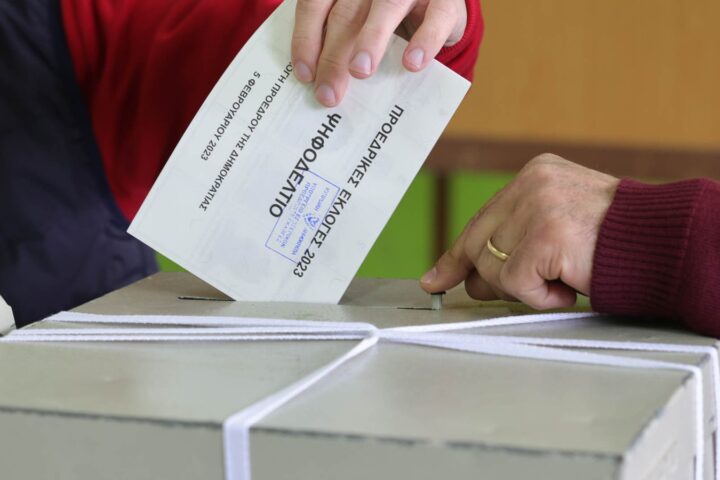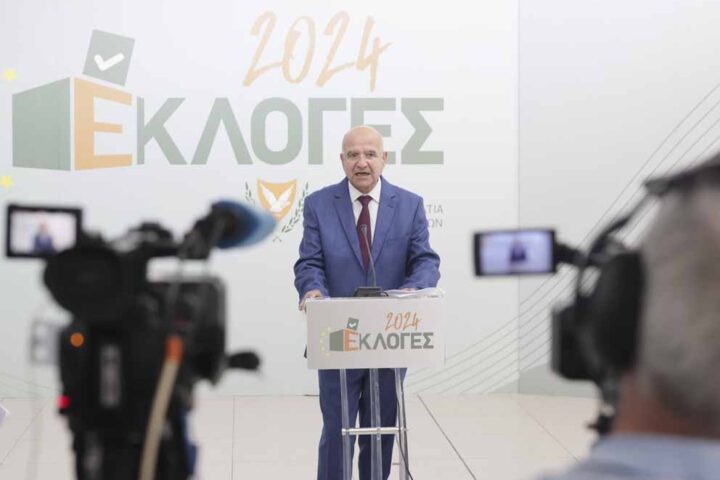Euro zone growth stalled in the last quarter of 2009 as investment turned out weaker than expected, revised data showed on Wednesday, but a benchmark survey suggested this year's fragile recovery is gaining traction.
The gross domestic product of the 16 countries using the euro posted zero growth quarter-on-quarter in October-December, rather than the previously reported 0.1 percent expansion, the European Union's statistics office said.
In Greece, where an escalating debt crisis has in recent days pounded the single currency and fuelled speculation over a possible European bailout, the recession deepened to a quarterly contraction of 0.8 percent.
The euro zone economy contracted 2.2 percent year-on-year, more than the previously estimated 2.1 percent, Eurostat said.
"The changes make little difference to the 'big picture'," said Ken Wattret, economist at BNP Paribas.
"Leading indicators point to a pick-up in growth momentum in the first half of 2010, particularly in Germany, which is reflected in our forecast profile. We assume an average quarter- on-quarter growth rate of 0.3 percent in the euro zone and of 0.5 percent in Germany."
^^^^^^^^^^^^^^^^^^^^^^^^^^^^^^^^^^^^^^^^^^^^^^^^^^^^^^^^^^^^^
For a graphic on euro zone gross domestic product, click on: http://graphics.thomsonreuters.com/10/04/EZ_GDPC0410.gif ^^^^^^^^^^^^^^^^^^^^^^^^^^^^^^^^^^^^^^^^^^^^^^^^^^^^^^^^^^^^^
The euro zone's dominant service sector grew at its fastest pace in over two years in March, with all four big economies expanding as firms became more optimistic about the year ahead, a survey showed on Wednesday.
Markit said its final Eurozone Services Purchasing Managers' Index of around 2,000 companies, ranging from banks to hotels, jumped to 54.1 in March from 51.8 in February, revised up from a flash estimate of 53.7 released two weeks ago.
That is its highest reading since November 2007 and marks the seventh month the index has been above the 50.0 mark that divides growth from contraction.
UNEVEN RECOVERY
"Latest euro zone data and survey evidence point to a clear return to growth in the first quarter of 2010 despite the significant weather-related hit to activity early in the year," said Howard Archer, economist at IHS Global Insight.
"Nevertheless, activity is still pretty uneven — with persistently muted consumer spending a particular concern — and relapses remain a very real danger," he said.
Underlining the growth discrepancies within the euro zone, Finance Minister George Papaconstantinou said on Wednesday the country's banks, hit by a series of credit rating downgrades, had asked the government for billions of euros of extra support.
The Organisation for Economic Cooperation and Development (OECD) forecast on Wednesday that annualised, quarter-on-quarter euro zone growth would be 0.9 percent in the first three months of 2010 and 1.9 percent in the second quarter.
The OECD's chief economist Pier Carlo Padoan told Reuters the euro zone's biggest economy Germany, where GDP stagnated in the fourth quarter, could help boost the region's growth.
"Germany could boost its investment rate by expanding liberalisation to services, therefore raising growth potential," Padoan said. "It would add to Germany's competitiveness and at the same time deal with European growth and imbalances in the euro area," he said.
PORTUGUESE CONTRACTION
The key change to the previous estimates for euro zone GDP in the fourth quarter was a deeper quarterly fall in private investment, which shrank 0.3 percent, rather than the previously reported 0.2 percent.
The fourth-quarter outcome also turned out weaker because the contraction in Italy was deeper than previously thought. The economy there shrank 0.3 percent rather than 0.2 percent quarter-on-quarter.
Growth in the Netherlands was 0.2 percent, instead of the previously reported 0.3 percent on the quarter.
Portugal, where growth was previously reported to have been zero on a quarterly basis, had a contraction of 0.2 percent.
Only exports and inventory growth prevented the euro zone from slipping back into negative growth as the contribution from government and household consumption was zero.
"Inventories added 0.1 percentage point to GDP, thereby dashing hopes that the slowdown in GDP growth had been at least partly the result of a further running down of stocks which would at least help growth going forward," said Archer.
The positive contribution from net trade was 0.2 percentage point.
Separately, Eurostat said prices at factory gates in the euro zone rose 0.1 percent month-on-month in February, as expected by economists polled by Reuters, for a 0.5 percent year-on-year fall.
Economists had expected a 0.4 percent annual fall.







